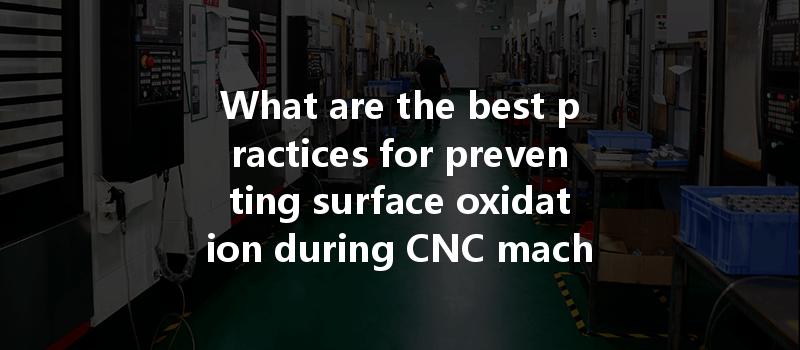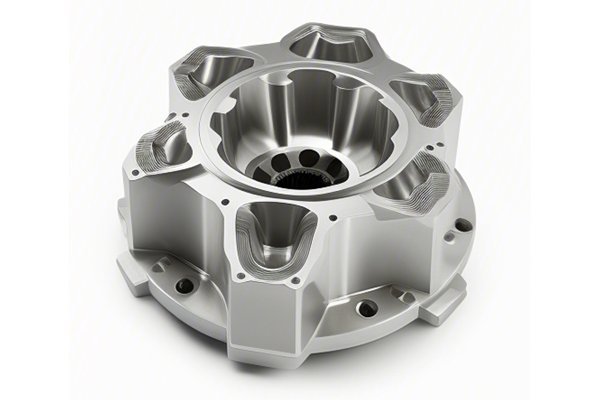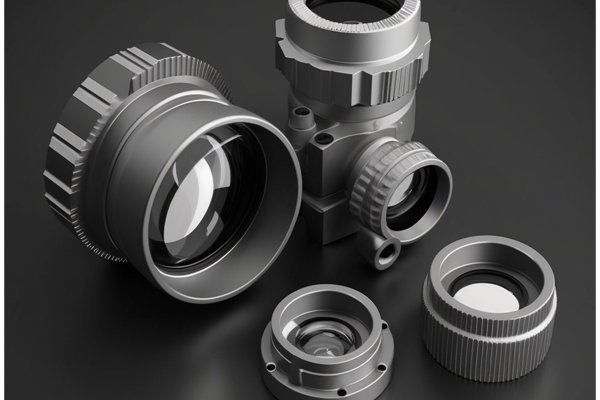: An Eye-Opening Fact
Did you know that aluminum is the second most abundant metal in the Earth’s crust, making up about 8% of its weight? Despite its prevalence, the machining of aluminum alloys like 6061 aluminum poses unique challenges, particularly concerning surface oxidation. As manufacturers strive for precision and high-performance parts, understanding how to mitigate the issues associated with surface oxidation is crucial. In this blog, we will explore the intricacies of preventing surface oxidation during CNC machining of 6061 aluminum, providing you with effective strategies and best practices.
Understanding Surface Oxidation
What Is Surface Oxidation?
Surface oxidation refers to the chemical reaction between aluminum and oxygen, forming an aluminum oxide layer on the surface. While some oxidation can be beneficial (like creating a protective layer), excessive oxidation can lead to several disadvantages, including compromised surface quality, reduced adhesion for coatings, and diminished corrosion resistance.
Why Is 6061 Aluminum Commonly Used?
6061 aluminum is a versatile alloy known for its excellent mechanical properties, including good corrosion resistance, weldability, and machinability. It is widely used in various industries, such as aerospace, automotive, and construction. However, its susceptibility to oxidation during CNC machining can affect the quality of the finished parts, making it essential to implement effective prevention strategies.
Causes of Surface Oxidation in CNC Machining
Understanding the root causes of surface oxidation can help in determining the appropriate preventive measures. Here are some primary factors:
Best Practices for Preventing Surface Oxidation
Proper machining parameters are essential in reducing heat generation, which in turn minimizes oxidation. Key considerations include:
Cooling strategies play a vital role in preventing oxidation. Some techniques include:

Keeping the machining environment clean is essential to preventing contamination. Here are some practical steps:
Handling and storing aluminum properly can significantly impact its oxidation. Consider these practices:
Applying surface treatments is an effective way to protect against oxidation. Some methods include:
Ensuring consistent quality throughout the machining process can help prevent issues related to surface oxidation. Implementing robust quality control measures can include:
: Essential Insights on Surface Oxidation Prevention
In summary, surface oxidation during CNC machining of 6061 aluminum is a significant concern that can adversely impact the quality and durability of finished parts. By understanding the causes of oxidation and applying best practices—from optimizing tool parameters and implementing effective cooling solutions to maintaining clean environments and utilizing protective coatings—manufacturers can significantly reduce the likelihood of oxidation.
Why is this blog worth your consideration? In an era where precision and quality are paramount, the ability to effectively manage surface oxidation not only improves operational efficiency but also enhances product performance and longevity. By leveraging the insights and strategies outlined in this article, manufacturers can ensure superior results in their CNC machining processes and stay competitive in their respective industries.
Stay informed and proactive in your CNC machining practices, and you will see the positive impacts on both quality and cost-effectiveness in your production operations.






